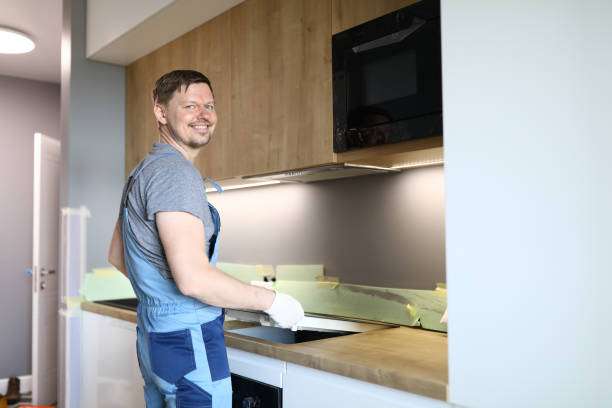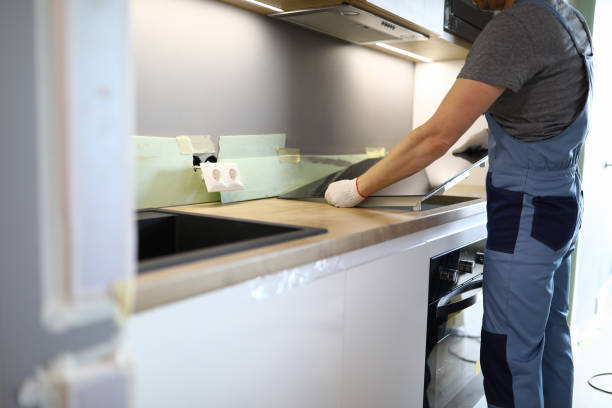Below you will find lots of helpful tips for recognizing an iron deficiency in good time and remedying it with natural remedies. With a targeted choice of food and the right know-how in preparation, you can easily improve your iron supply.
Causes of iron deficiency
Low iron levels can have a variety of causes. This includes, for example, taking blood-thinning medication such as aspirin or taking gastric acid blockers for gastritis. Blood loss of any kind, for example, unnoticed gastrointestinal bleeding or menstrual bleeding in women, can also lead to the low iron content in the body. Statistically, women are more likely to be iron deficient.

Sometimes it happens that an iron deficiency is detected, although enough iron-rich foods are consumed. This can be caused by a disturbance in the intestinal flora, which makes it difficult the absorption and utilization minerals. Therefore, a healthy intestinal flora is essential.
Symptoms of iron deficiency
In addition to the general symptoms of iron deficiency such as fatigue, lack of concentration, reduced performance, and susceptibility to infections, there are also specific symptoms that you can use to identify an iron deficiency. For example, when the corners of your mouth are dry or even tearing, when mucous membranes recede and when hair and nails are brittle. Sensitivity to cold, shortness of breath, headaches, and tachycardia can also be an indication of iron deficiency.
Why Treat Iron Deficiency Naturally?
In order to rule out serious organic causes, you should of course consult your family doctor before self-treatment and follow his recommendations. Nevertheless, natural and proven home remedies or, in the case of a mineral deficiency, a dietary adjustment can be very effective. Adjusting your diet also gives you the chance to get to the root of the problem and achieve a long-term, healthy change in diet.
Iron in food
The German Society for Nutrition recommends that adults between the ages of 19 and 51 take a daily amount of 15 mg (women) or 10 mg (men). Adolescents and pregnant and breastfeeding women have an increased daily requirement. After menopause, the daily requirement in women drops to the required daily amount for men. The recommended daily intake for both sexes from the age of 51 is 10 mg per day.
Furthermore, a mixed diet is recommended that contains 1 to 5 mg iron of animal origin (heme iron) and 5 to 15 mg iron of plant origin (non-heme iron). Heme iron is only found in meat and fish, dairy products provide non-heme iron. Studies with vegans show, however, that their iron levels are within the normal range, so it is also possible to meet the requirement of plant-based food, provided certain preparation and combination tips are followed, which you will find in the list below.
1. Include green leafy vegetables in your diet
Parsley, spinach, kale, nettle, chard, Jerusalem artichoke, black salsify, and all types of cabbage contain high amounts of iron. It is advisable to additionally treat leafy vegetables containing oxalic acid since freeze-drying or blanching can reduce the oxalic acid content. Oxalic acid is known to make iron absorption more difficult.
Dried herbs also have a higher iron content than fresh ones. For example, 100 grams of fresh parsley contain 6.2 mg of iron, dried parsley has a value of 97.8 mg per 100 grams. This means that dried parsley is one of the foods with the highest iron content of all, followed by dried mint (87.5 mg / 100 gram).
2. Season with cardamom
Cardamom is the absolute leader in the category of iron-rich foods. 100 grams of cardamom contain 100 mg of the mineral. Due to its intense taste, you cannot consume such large amounts of this spice, but it is a useful addition.
3. Soak legumes before cooking
Beans, lentils, and chickpeas are excellent sources of iron with 6 mg, 8 mg, and 6 mg per 100 grams of dry matter, respectively. However, the phytic acid they contain can impair absorption, so it is advisable to boil legumes overnight in plenty of cold water Soak and drain off the liquid the next day. Repeated soaking also reduces the phytic acid value.
4. Wholemeal bread and cereals as iron suppliers
Our daily bread also has an excellent iron content of 3.9 mg per 100 grams, insofar as the whole grain variant is consumed – thanks to its better composition of minerals and fiber, the iron contained can be better utilized than the iron in white bread.
In principle, all classic wholemeal flours (wheat, spelled, rye, buckwheat, oats, millet) and grains that are mainly grown abroad and imported into Germany (such as the superfood quinoa or amaranth) are very good suppliers of iron.
5. Nuts and seeds as iron suppliers
The same applies here: soak and allow to swell before consumption, then pour off the soaking liquid to reduce the phytic acid content. You should do this especially if you often eat nuts and seeds raw. In this way, you can be sure that you benefit as much as possible from the high iron content of these foods. Nuts and seeds have excellent iron reserves – in nature, these ensure that the seedling is optimally supplied as it grows into a plant. At the top of this category are pumpkin seeds (12.5 mg/100 grams), followed by sesame seeds (10.0 mg/100 grams), pistachios (7.3 mg/100 grams), and sunflower seeds (6.3 mg/100 grams). ).

6. Dried fruits as iron suppliers
Dried fruits also provide a lot of iron. For example figs (4.0 mg), plums (3.9 mg), raisins (3.5 mg), dates (3.0 mg), apricots (2.7 mg).
7. Red meat as a supplier of iron
Beef has about 2.6 mg of iron per 100 grams, pork has an iron content of 1.8 mg per 100 grams.
8. Improve iron absorption through targeted food combinations
The simultaneous consumption of iron-rich foods and vitamin C improves iron absorption. Coffee, cola and black tea make iron absorption more difficult. If you can’t do without them entirely, you should leave at least two hours between meals before and after meals.





